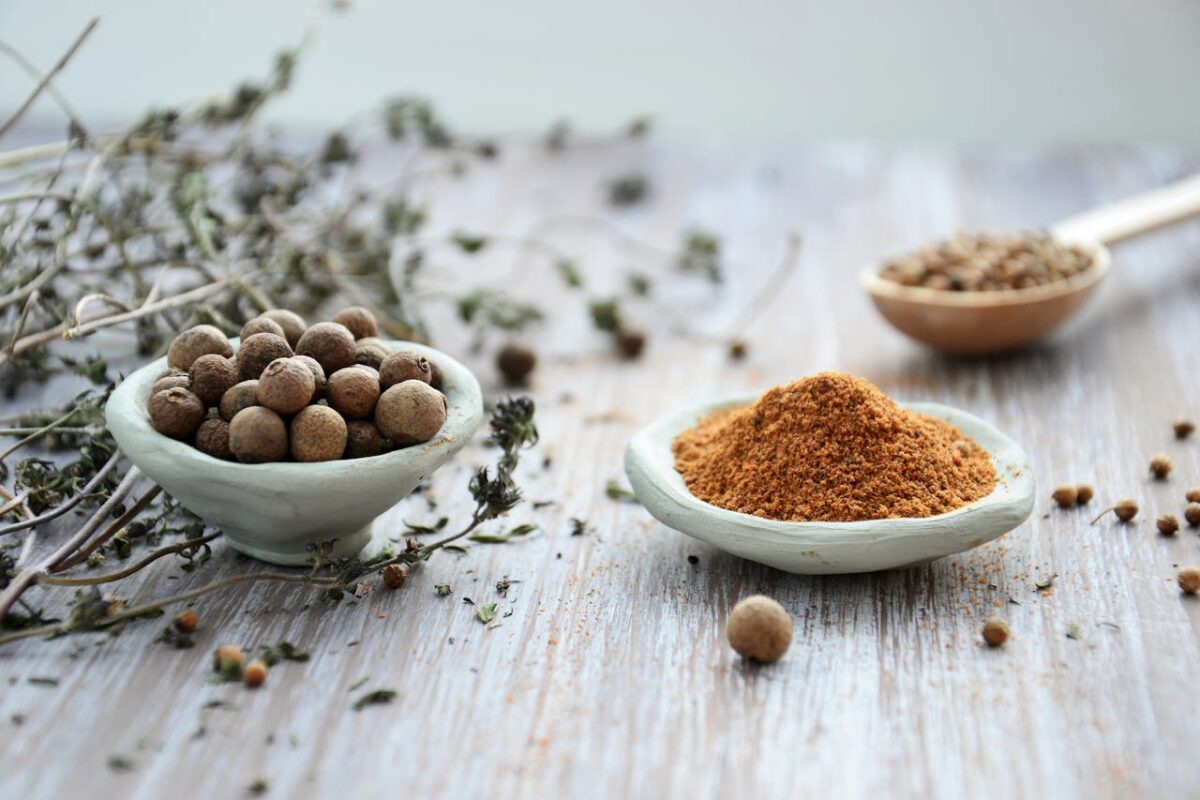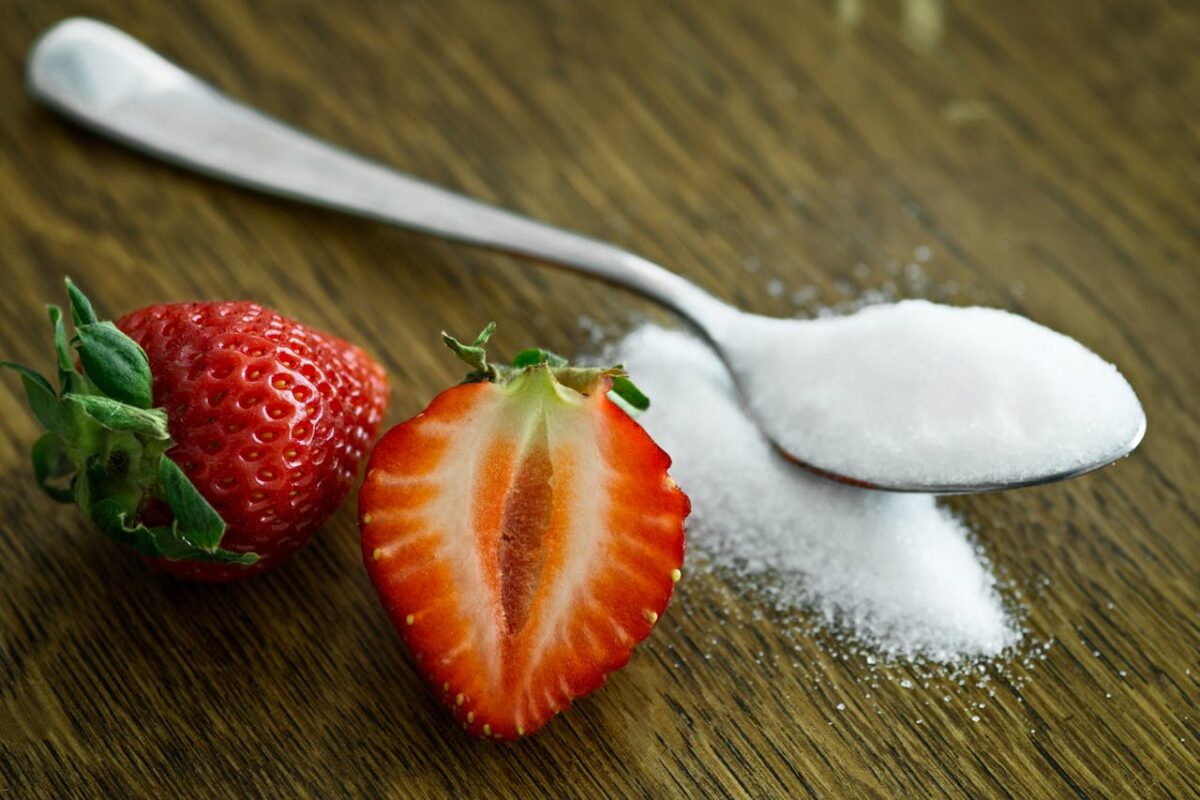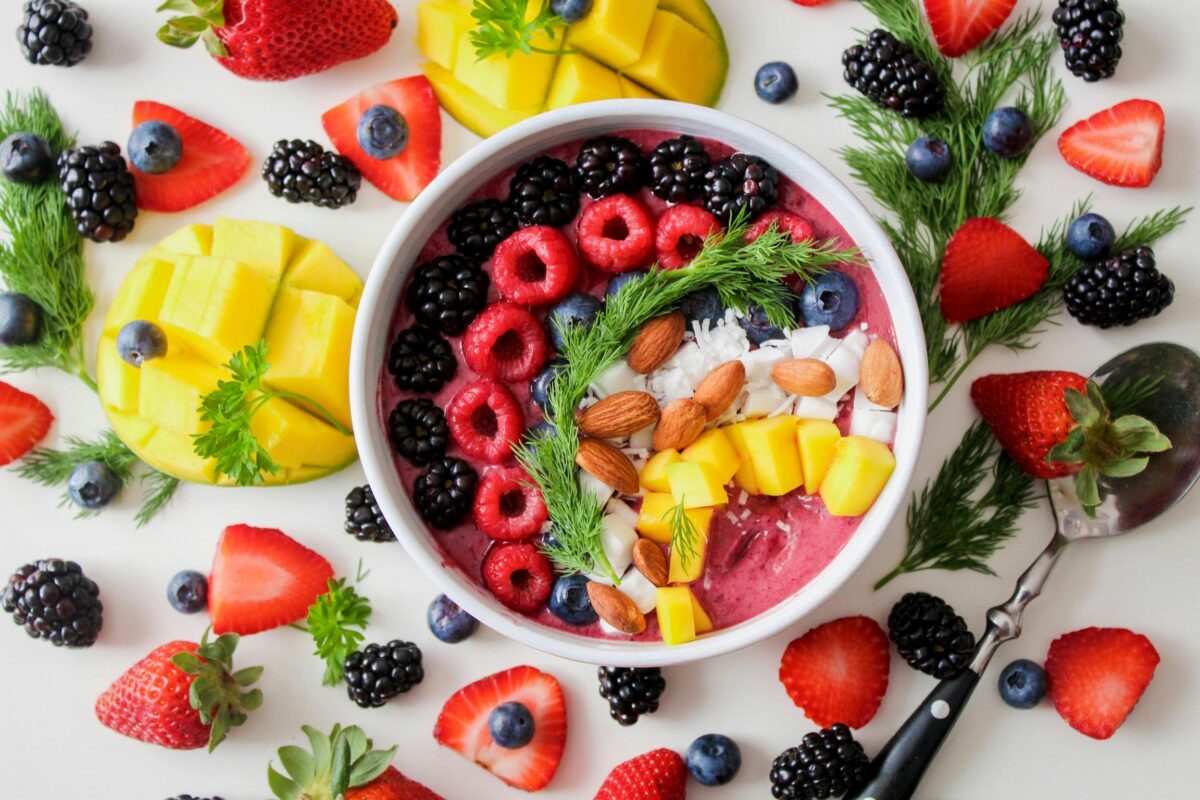The Best Spices for Gut Health and How to Use Them: Add Flavor, Support Digestion!
When it comes to supporting gut health, it’s not just about what you eat—it’s also about the spices you add to your meals. Certain spices are packed with anti-inflammatory, antimicrobial, and digestive-boosting properties that can help soothe your stomach, reduce bloating, and keep your gut bacteria in balance. Plus, they add incredible flavor to your food!
Let’s take a look at some of the best spices for gut health and how you can start incorporating them into your daily meals.
1. Turmeric: The Anti-Inflammatory Superstar
Turmeric is one of the most well-known spices for its anti-inflammatory properties, thanks to its active compound curcumin. It’s been used for centuries in traditional medicine to soothe digestive issues and reduce gut inflammation. Turmeric helps protect the lining of the gut and encourages the growth of good bacteria, making it an essential spice for overall digestive health.
How to Use It:
- Add turmeric to soups, stews, and curries.
- Sprinkle it over roasted vegetables or stir into scrambled eggs.
- Make a turmeric latte with coconut milk for a warm, gut-friendly drink.
Pro Tip: Pair turmeric with black pepper to enhance curcumin absorption in the body!
2. Ginger: Your Go-To for Digestion
Ginger has been used for thousands of years to treat nausea, bloating, and indigestion. Its anti-inflammatory and antioxidant properties can help soothe an upset stomach, improve digestion, and even speed up the movement of food through your digestive tract. It’s a true superstar when it comes to gut health!
How to Use It:
- Grate fresh ginger into smoothies, teas, or stir-fries.
- Add dried ginger to soups or baked goods.
- Steep fresh ginger slices in hot water for a simple digestive tea.
Pro Tip: Ginger tea is an excellent post-meal drink to help prevent bloating or discomfort.
3. Cinnamon: Sweet and Gut-Friendly
Not only is cinnamon delicious, but it’s also a powerful anti-inflammatory and antimicrobial spice. It helps to regulate blood sugar levels, which is crucial for gut health, and can prevent the growth of harmful bacteria in the digestive tract. Cinnamon’s warming properties also make it a comforting spice for cold days.
How to Use It:
- Sprinkle cinnamon over oatmeal, yogurt, or smoothies.
- Add it to baked goods like muffins or pancakes.
- Stir cinnamon into your coffee or tea for a naturally sweet, warming boost.
Pro Tip: Ceylon cinnamon (true cinnamon) is the best option, as it’s lower in a compound called coumarin, which can be harmful in large amounts.
4. Fennel Seeds: Bloat-Busting Power
Fennel seeds are famous for their ability to reduce bloating, gas, and indigestion. They have carminative properties, which means they help prevent the formation of gas in the intestines. Fennel seeds can also help relax the muscles of the gastrointestinal tract, promoting smoother digestion.
How to Use It:
- Chew on a few fennel seeds after meals to aid digestion.
- Add crushed fennel seeds to salads, curries, or soups.
- Brew fennel tea by steeping the seeds in hot water.
Pro Tip: Keep a jar of fennel seeds on hand to chew when you feel bloated or after a heavy meal.
5. Cumin: Digestive Aid with a Kick
Cumin is a staple spice in many global cuisines and is well-known for its ability to aid digestion. It stimulates the production of digestive enzymes, helping to break down food more efficiently and reduce indigestion. Cumin also has antimicrobial properties that help keep harmful bacteria in check.
How to Use It:
- Add cumin to chili, tacos, or roasted veggies.
- Stir it into soups or sprinkle on grilled meats.
- Mix cumin with olive oil, lemon, and garlic for a flavorful salad dressing.
Pro Tip: Lightly toast cumin seeds before using to release their full flavor and digestive benefits.
6. Peppermint: Cool Relief for Digestive Discomfort
Peppermint is more than just a refreshing flavor—it’s also a potent digestive aid. The menthol in peppermint has a relaxing effect on the muscles of the digestive tract, which can help relieve symptoms of irritable bowel syndrome (IBS), bloating, and gas.
How to Use It:
- Sip on peppermint tea after meals to soothe your stomach.
- Add fresh peppermint leaves to salads or fruit bowls.
- Infuse water with fresh mint leaves for a refreshing, gut-friendly drink.
Pro Tip: If you have acid reflux, avoid peppermint, as it can relax the sphincter muscle and worsen symptoms.
Bottom Line: Spice Up Your Gut Health
Incorporating these spices into your daily meals is a simple, tasty way to support your gut health naturally. From turmeric’s anti-inflammatory power to ginger’s digestive soothing, these spices can help you reduce bloating, improve digestion, and maintain a healthy balance of gut bacteria—all while adding bold flavors to your dishes.
So the next time you’re in the kitchen, grab one of these gut-friendly spices and enjoy the benefits for your digestion and overall well-being!











